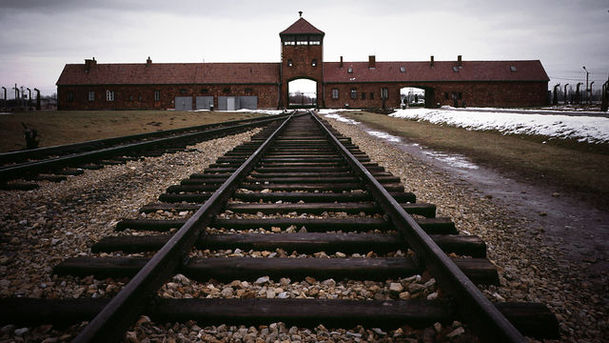Repairing Auschwitz

A major appeal is underway for funds to repair the death camp sites at Auschwitz in Poland, the great symbol of the Nazi Holocaust. Well over a million people a year visit. And this hugely symbolic place is also regularly visited by leading politicians and personalities. But many of the buildings, meant by the Nazis as temporary structures, are crumbling. Earlier this year, as this programme will reveal, part of the site came close to catastrophic flooding. And the museum's conservation departments struggle to preserve the condition and authenticity of thousands of objects left when the Nazis robbed those they were about to murder. At the same time, "repairing" a death camp begs all kinds of questions about how we remember this most terrible part of the European past. How far is it appropriate to repair and modernise the site if it is meant as a place of memorial and an authentic record of what happened during the war? How can the practical demands of a mass tourist destination be reconciled with the dignity of what is a mass grave? And how much tension is there between the different groups and countries - notably Poland and Israel - for whom the site has such significance? Based around visits to Auschwitz and insight into the work there "behind the scenes", this programme will explore with museum staff, former Auschwitz prisoners, visitors and historians the dilemmas of preserving the physical memory of the Holocaust as its living witnesses die out.